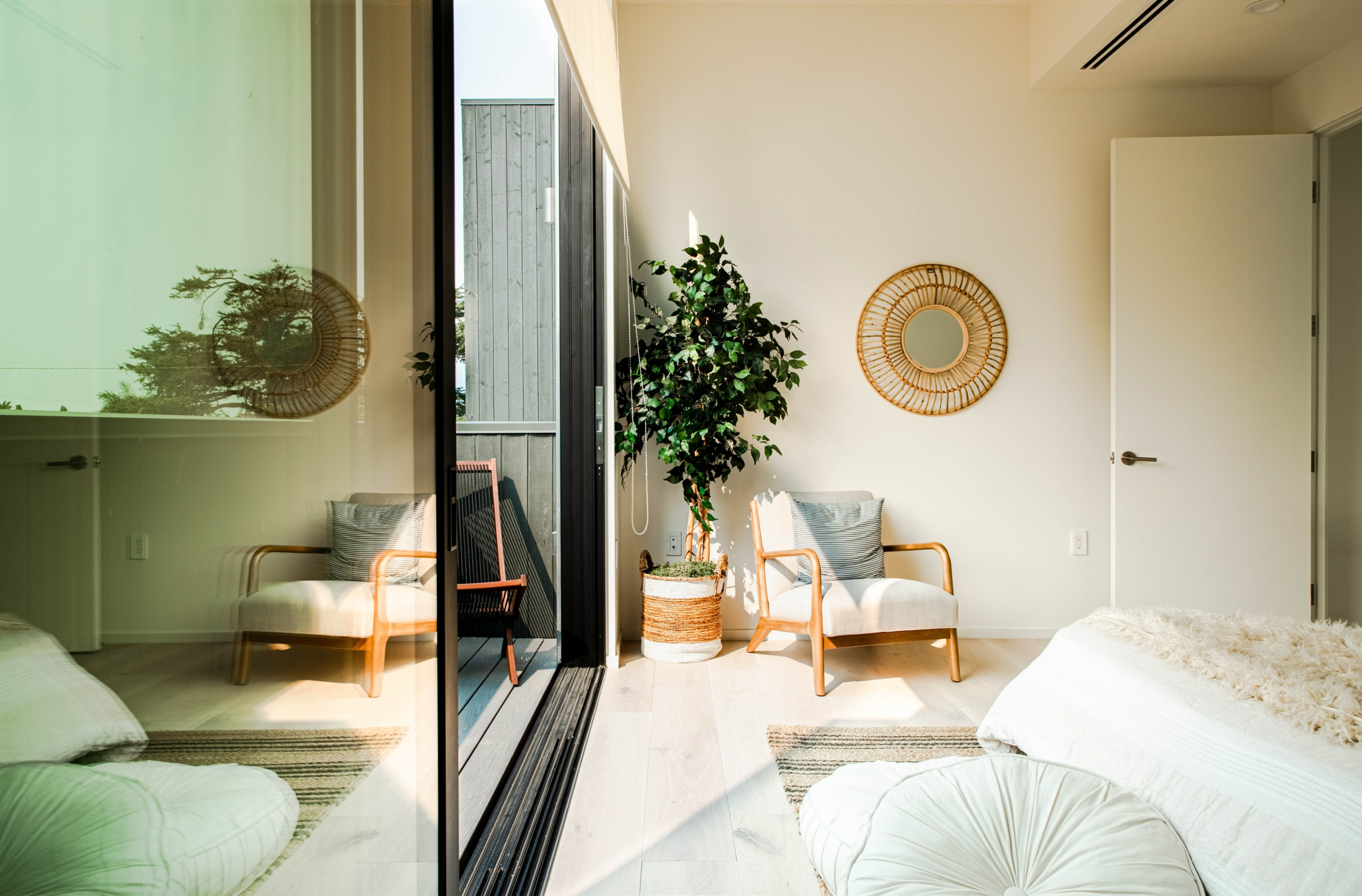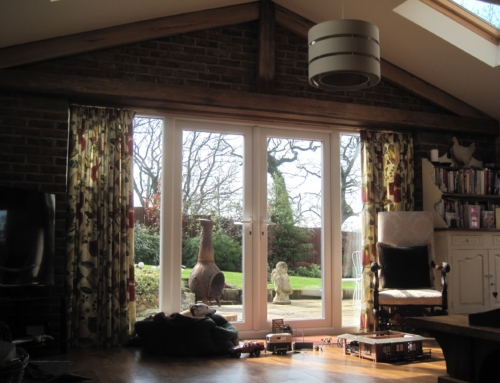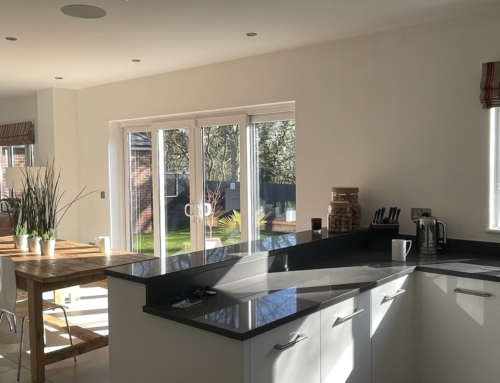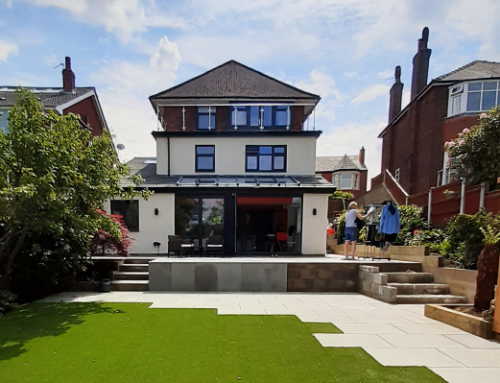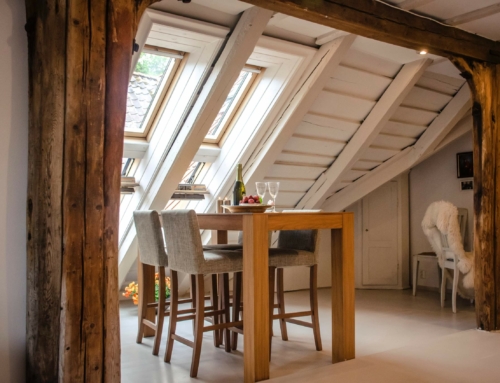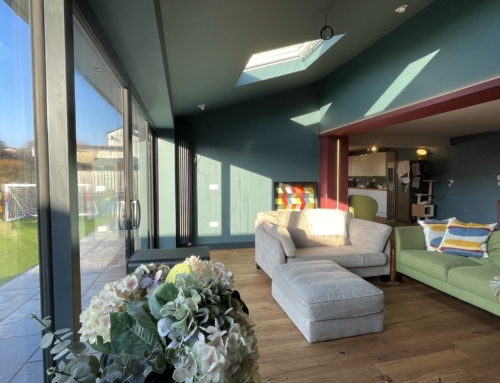Energy efficiency is all about reducing the amount of energy wasted, so that less energy will be used in total, and your bills will be reduced. This is a win for both the environment, and for homeowners, who are often paying high prices for lost or wasted heat. So, when creating a new home extension, it will pay off to use energy saving solutions during planning, design and construction. Here at David Haworth Design, designing your perfect home extension is what we excel at. As a result, we have produced this guide to help you consider energy efficiency for your home extension.
Consider energy efficiency for your home extension
To truly create an energy efficient home extension, you should consider:
- Direction the extension will face-if your direction is south facing, it will be warmer than a north facing extension. This means it will retain more heat, but it also may be too warm in the summer. As a result, special care should be taken in the building design to plan for the direction and circumstances of the land itself. This could involve using additional insulation for cold areas, or roof windows for warm spaces.
- Insulation-Insulation is key for keeping the heat inside any building or home extension. Wall insulation, and roof insulation are both crucial for preventing wasted heat, and lowering your energy bills. Space for insulation, and the type of insulation, will need to be considered while planning and designing the building.
- Glass-Energy efficient toughened glass, like Low E, can prevent heat being lost from windows or glass doors. As a result, you can design a home extension made from plenty of glass, without losing too much heat.
Creating an energy efficient extension is quiet easy, especially if you tackle the energy saving options during the planning and design stage. Here at David Haworth Design, we are extension planning experts. Why not contact us today?

